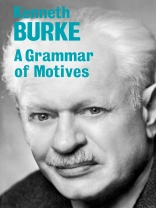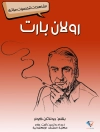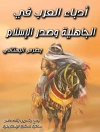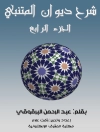About this book Mr. Burke contributes an introductory and summarizing remark, ‘What is involved, when we say what people are doing and why they are doing it? An answer to that question is the subject of this book. The book is concerned with the basic forms of thought which, in accordance with the nature of the world as all men necessarily experience it, are exemplified in the attributing of motives. These forms of thought can be embodied profoundly or trivially, truthfully or falsely. They are equally present in systematically elaborated or metaphysical structures, in legal judgments, in poetry and fiction, in political and scientific works, in news and in bits of gossip offered at random.’
About this book Mr. Burke contributes an introductory and summarizing remark, ‘What is involved, when we say what people are doing and why they are doing it? An answer to that question is the subject of this book. The book is concerned with the basic form
विषयसूची
Introduction
Part One: Ways of Placement
I. CONTAINER AND THING CONTAINED
II. ANTINOMIES OF DEFINITION
III. SCOPE AND REDUCTION
Part Two: The Philosophic Schools
I. SCENE
II. AGENT IN GENERAL
III. ACT
IV. AGENCY AND PURPOSE
Part Three: On Dialectic
I. THE DIALECTIC OF CONSTITUTIONS
II. DIALECTIC IN GENERAL
Appendix
Index
लेखक के बारे में
Kenneth Burke has been termed "simply the finest literary critic in the world, and perhaps the finest since Coleridge" (Stanley Edgar Hyman, The New Leader). Mr. Burke has published ten other works with the University of California Press: Towards a Better Life (1966); Language as Symbolic Action: Essays on Life, Literature, and Method (1966) Collected Poems, 1915-1967 (1968); The Complete White Oxen: Collected Short Fiction of Kenneth Burke (1968); A Grammar of Motives (1969); Permanence and Change: An Anatomy of Purpose (1984); The Philosophy of Literary Form (1974); A Rhetoric of Motives (1969); The Rhetoric of Religion: Studies in Logology (1970); and Attitudes Toward History, Third Edition (1984).












